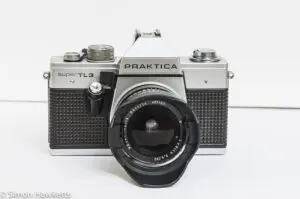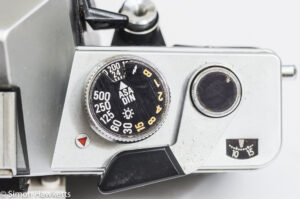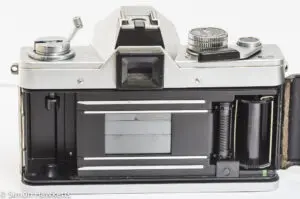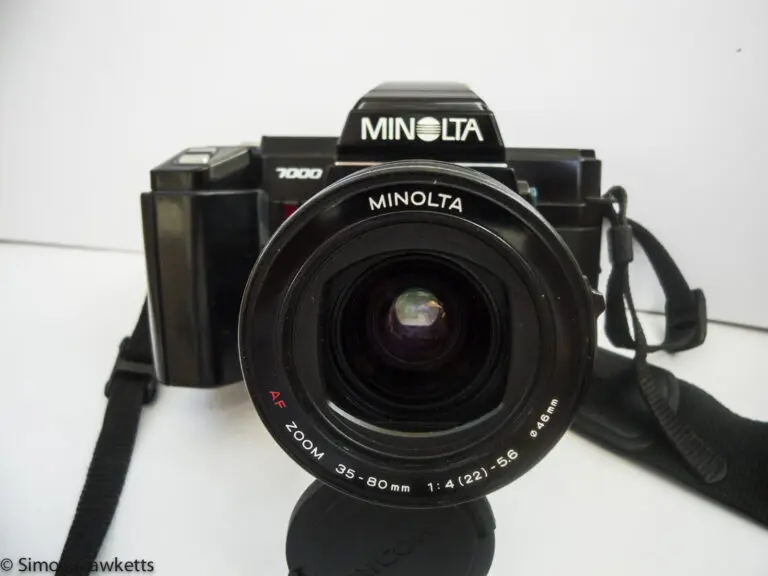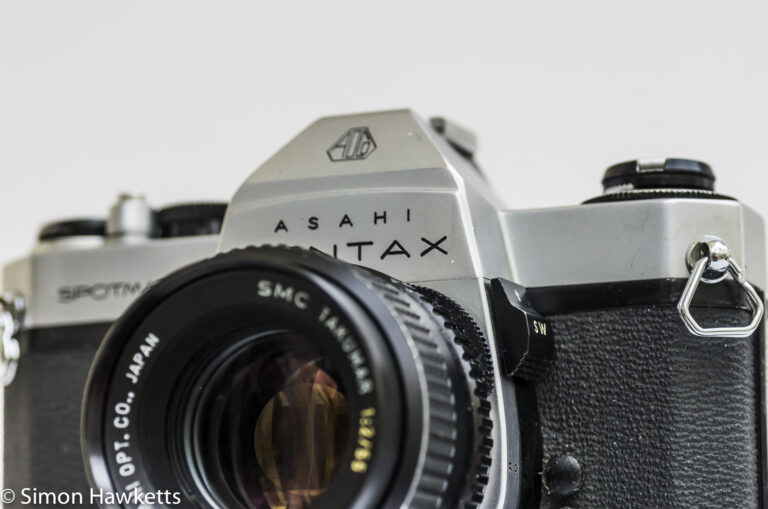Praktica Super TL3 35 mm camera review
This is my review/description of the Praktica Super TL3 35 mm single lens reflex camera from about 1978.
Praktica Super TL3 Images
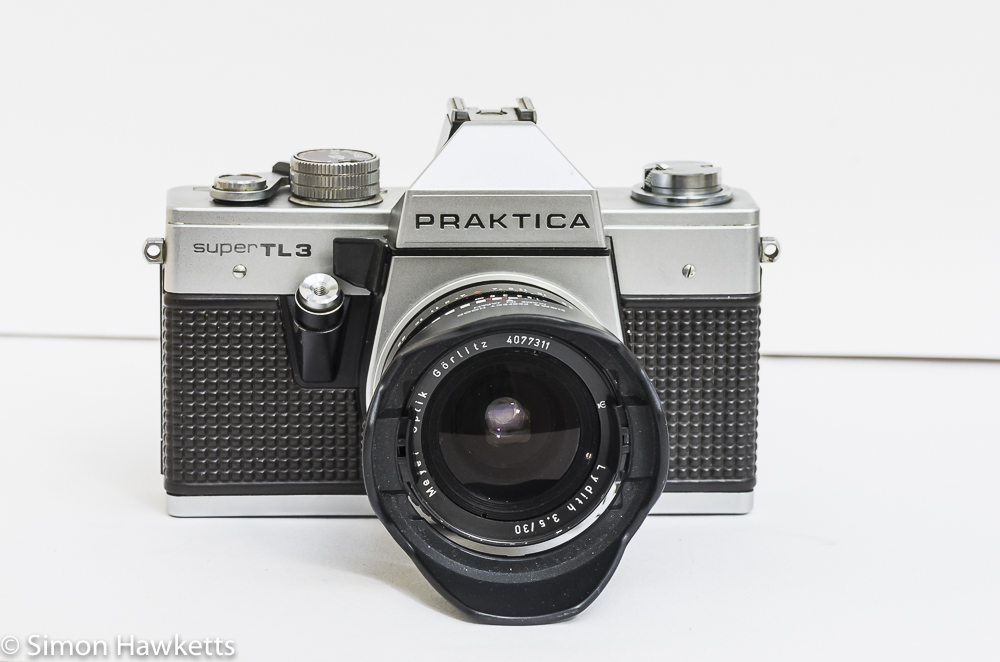
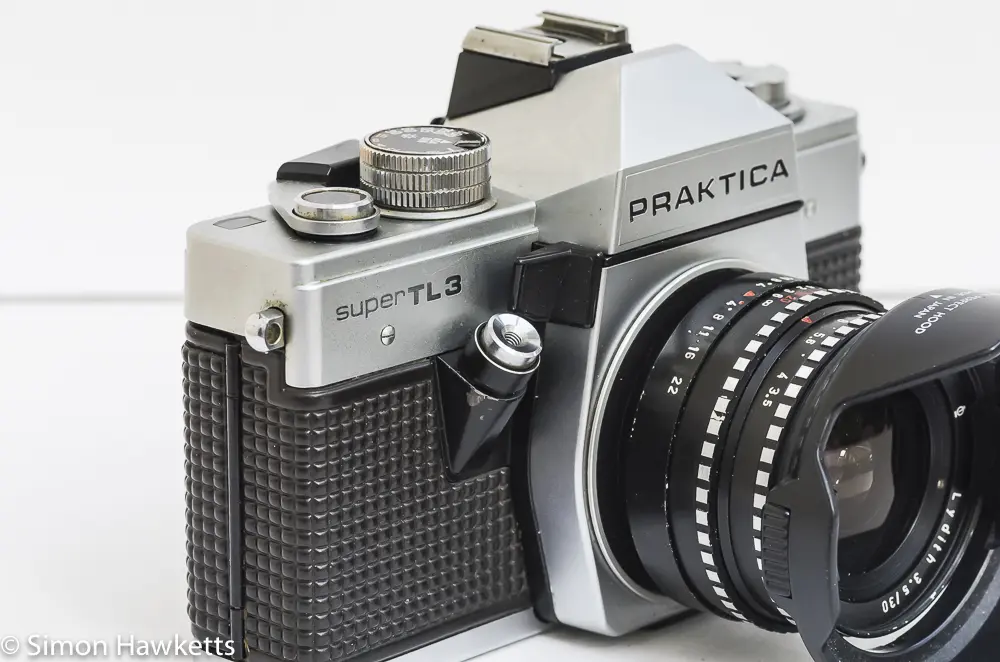

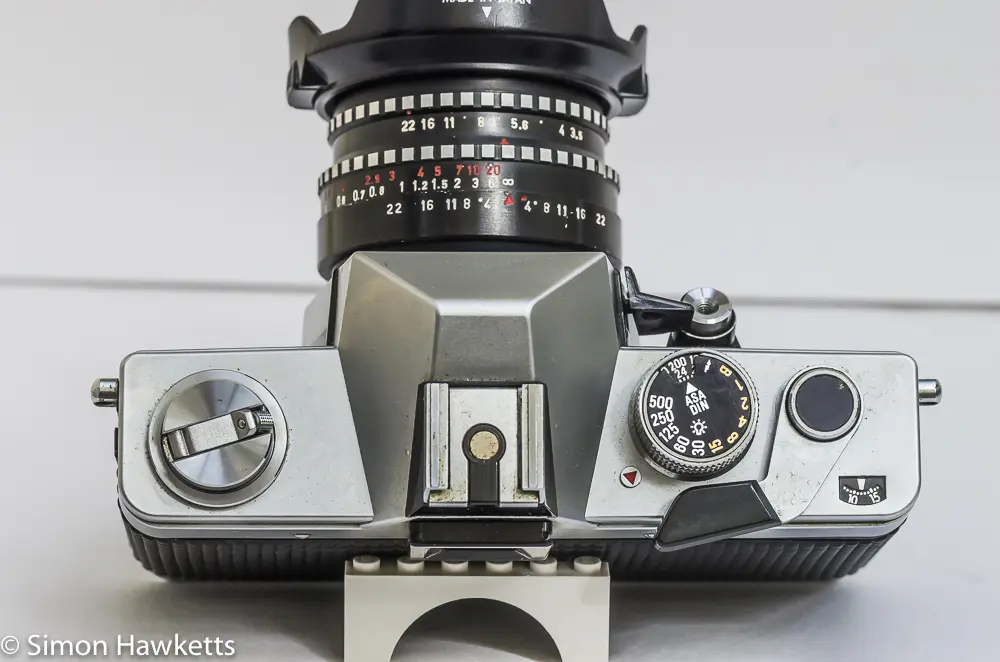
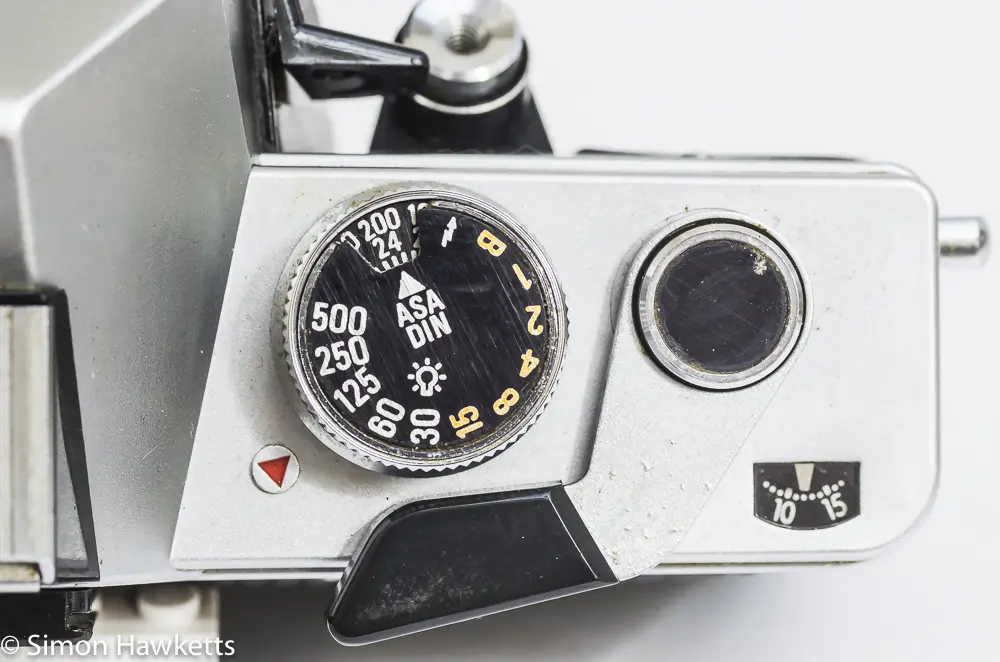
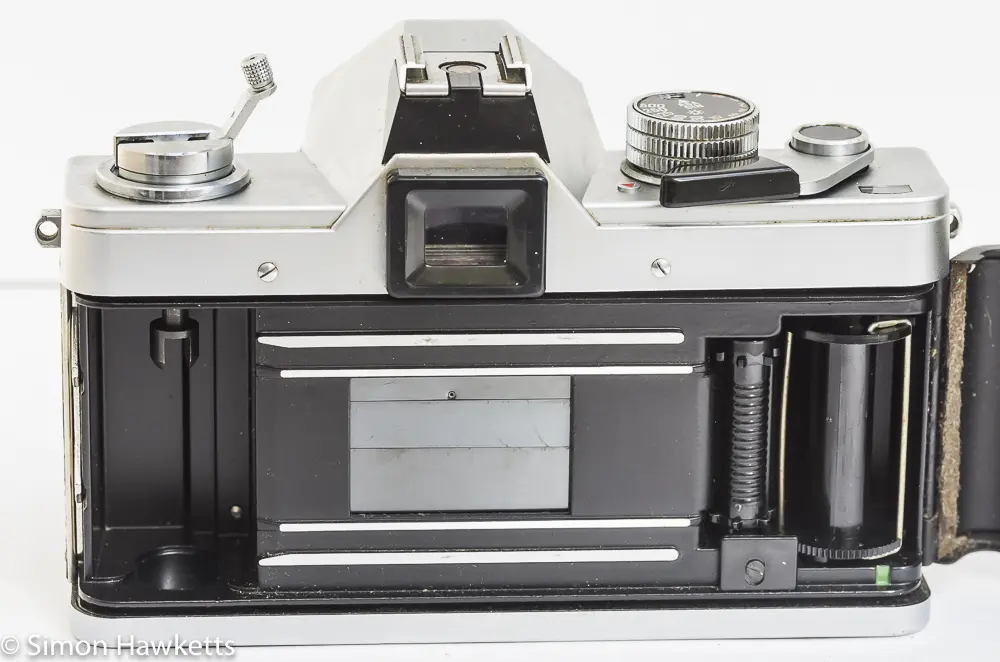

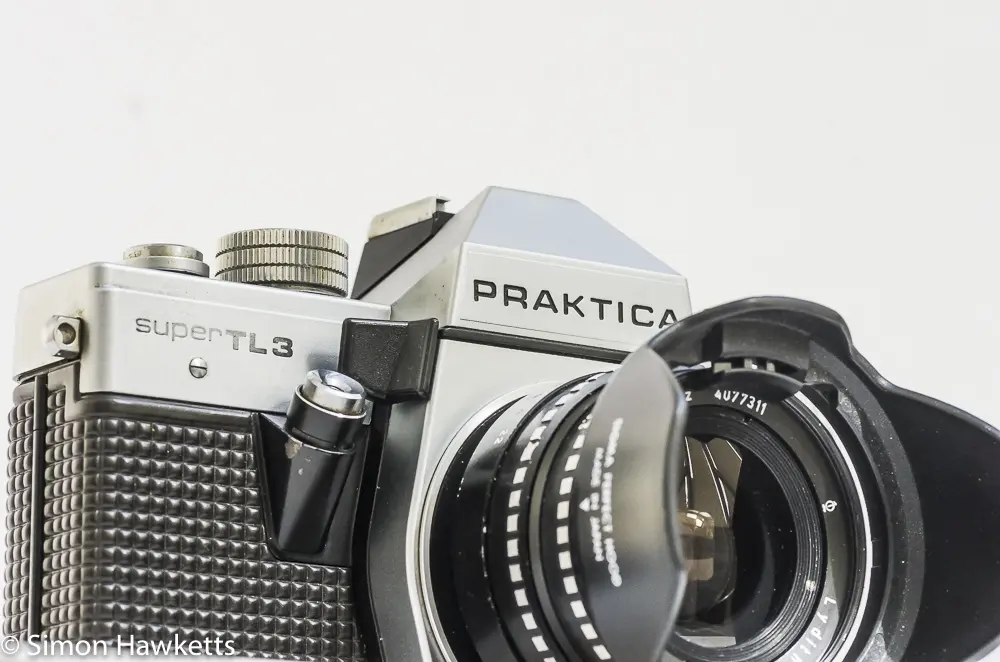
My Praktica Super TL3 Camera
I bought this camera as a job lot box of cameras on eBay for a total of £9-49. I would have been happy enough to pay that for just the Praktica Super TL3, but since I also received a fully working Minolta X-700, a Pentax Spotmatic SPII, a Zenit E and three lenses in the same box I was more than pleased.
The worst thing about all the cameras in the box was that they had obviously been owned by a smoker at some point, and they all had a thin brown layer of nicotine over them.
The other three cameras didn’t show this too much because they were black, but being silver made the Praktica really show the muck, and I spent a couple of hours going over every inch of the body with cotton buds soaked in Boots Lens cleaning solution to get as much of it off as possible. By the way, I don’t know what’s in Boots Lens cleaning solution, but it’s great for general cleaning of camera bodies.
Once I got the layer of nicotine off, I found that the camera is in good shape. I have to say that although I’m not a great enthusiast for Praktica cameras and only really add them to my collection when I find really cheap buys, the later models like this one certainly seem solidly built and made to last.
Mechanically there is very little wrong with the camera – all the shutter speeds are working, all the controls work, and even the stop down metering is responding and seems by comparison with other cameras to be accurate. The only thing which would need to be addressed before I could load it with a film would be the door hinge light seal, which has deteriorated.
Cosmetically there is a little bit of paint loss on the shutter release button, and some of the metalwork is pitted on the film advance lever. Not surprisingly, the tripod mount has some marks around it, caused when the camera has been fitted to tripods over the years.
The camera is shown with a Meyer-Optik Lydith 30 mm f/3.5 lens, which I attached for the purposes of the pictures. The actual lens which was fitted when I bought it was a Cosinon Auto 200 mm f/3.5, but that had sticky aperture blades and is in my (figuratively speaking) pile of kit waiting attention.
Praktica Super TL3 Description
The Praktica Super TL3 is very similar in style and look to many different Praktica models made between the early 1970s and the late 1980s. In fact, I would say that was one of the defining features of the Praktica range – there were a bewildering number of models which all seemed on the face of it to be very similar. They are all a bit boxy in design, are quite loud when the shutter fires and have quite a kick in the hand. However, for all these quirks, they were a popular camera in their day and are sought after and used by Praktica collectors the world over.
This model was actually made around 1978 and features a slightly reduced top shutter speed of 1/500sec compared to the 1/1000 available on most cameras at the time. I would guess that this was therefore a slightly cheaper, cut down model, although the difference would not actually be that great.
Although we think of 1/500sec as quite slow these days, that is because we are used to digital sensors and cameras with top speeds of 1/4000sec. In the mid 1970s when film was generally ISO 32 for colour slide and ISO125 for black & white, a top speed of 1/500 was, for most people, adequate.
The metering is activated by a lever just above the angled shutter release at the front of the body. This again is a typical Praktica arrangement, and is actually very easy to use and convenient. The lever stops the lens down while the meter reading is taken, and then the lens aperture is opened up again in order to compose and focus the picture.
The meter reading itself is a match needle arrangement, which again has a lot going for it. For all the sophisticated metering systems used on modern cameras, the match needle system used to work wonderfully well in film cameras, although that is probably because they were film cameras. It’s a pretty well known fact that film has a lot more latitude for soaking up minor exposure errors.
The shutter on the Praktica range is a mechanically operated, vertical travel, focal plane shutter. Being mechanical means the camera will work without a battery, although the battery is required for the metering circuit to operate.
The viewfinder has the typical Praktica central split image range-finder which is surrounded by a micro prism circle and then Fresnel lens arrangement. The split range finder is a horizontal one which isn’t as good as a diagonal one but better than none.
The match needle metering is on the right-hand side of the viewfinder, with a simple circle as a target for the metering and a + & – above and below it. On the opposite side of the viewfinder is a flag which appears when the shutter is not cocked, reminding the user that they need to wind the film on.
All in all, this is a typical Praktica camera with not a lot to distinguish it from others, but still a solidly built and robust unit.
Praktica Super TL3 specifications
- Praktica Super TL3 35mm manual focus slr camera
- Match needle, stop down exposure metering
- Shutter speeds 1 sec to 1/500 sec + B
- Film speed 12 – 1600 ASA
- Fully mechanical shutter
- Auto diaphragm control for open aperture focus and composition
- Flash sync to hot shoe and sync socket
- Angled front panel shutter release
- Auto reset frame counter
- Tripod mount in base plate
- Single PX-625 battery required for metering circuit
- Manual available on-line here
Discover more from Everything Vintage
Subscribe to get the latest posts sent to your email.

